How to Sleep on Your Side in Different Situations
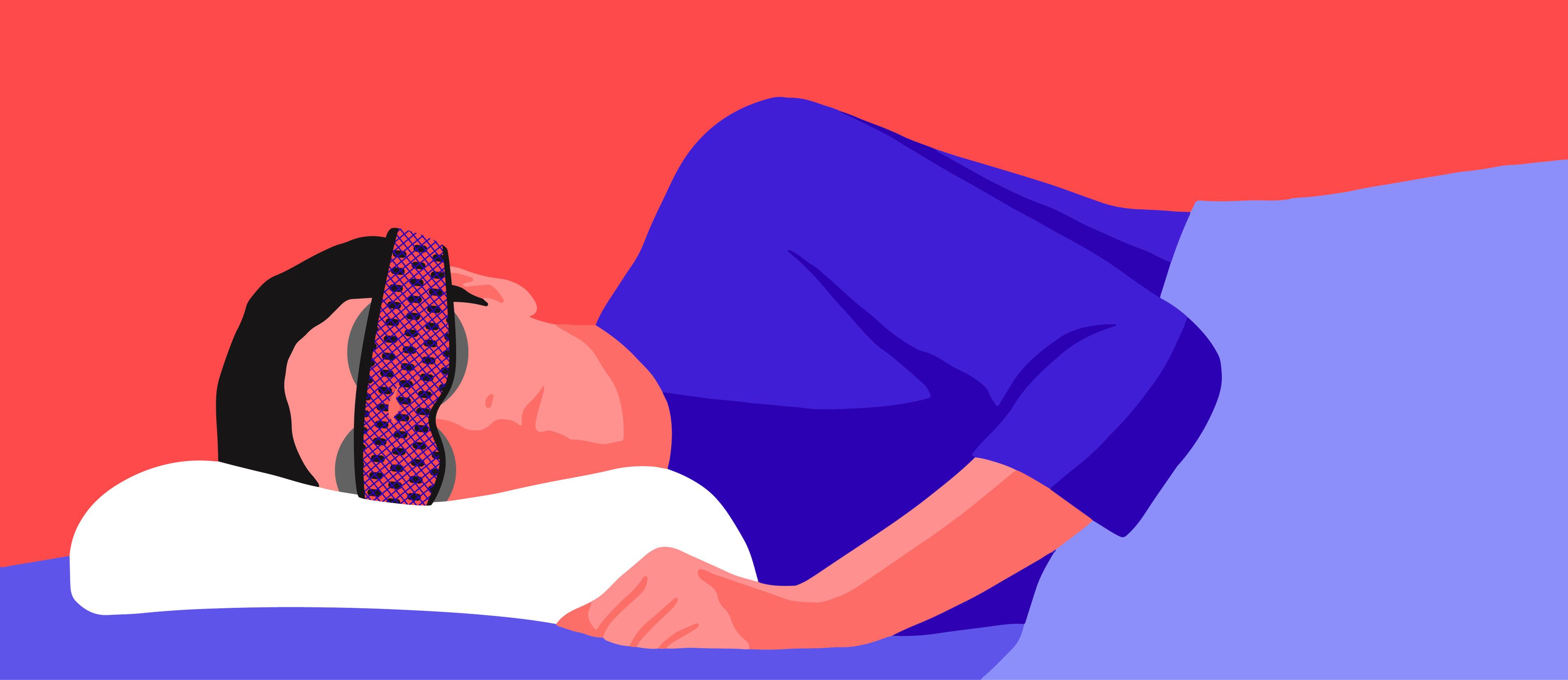
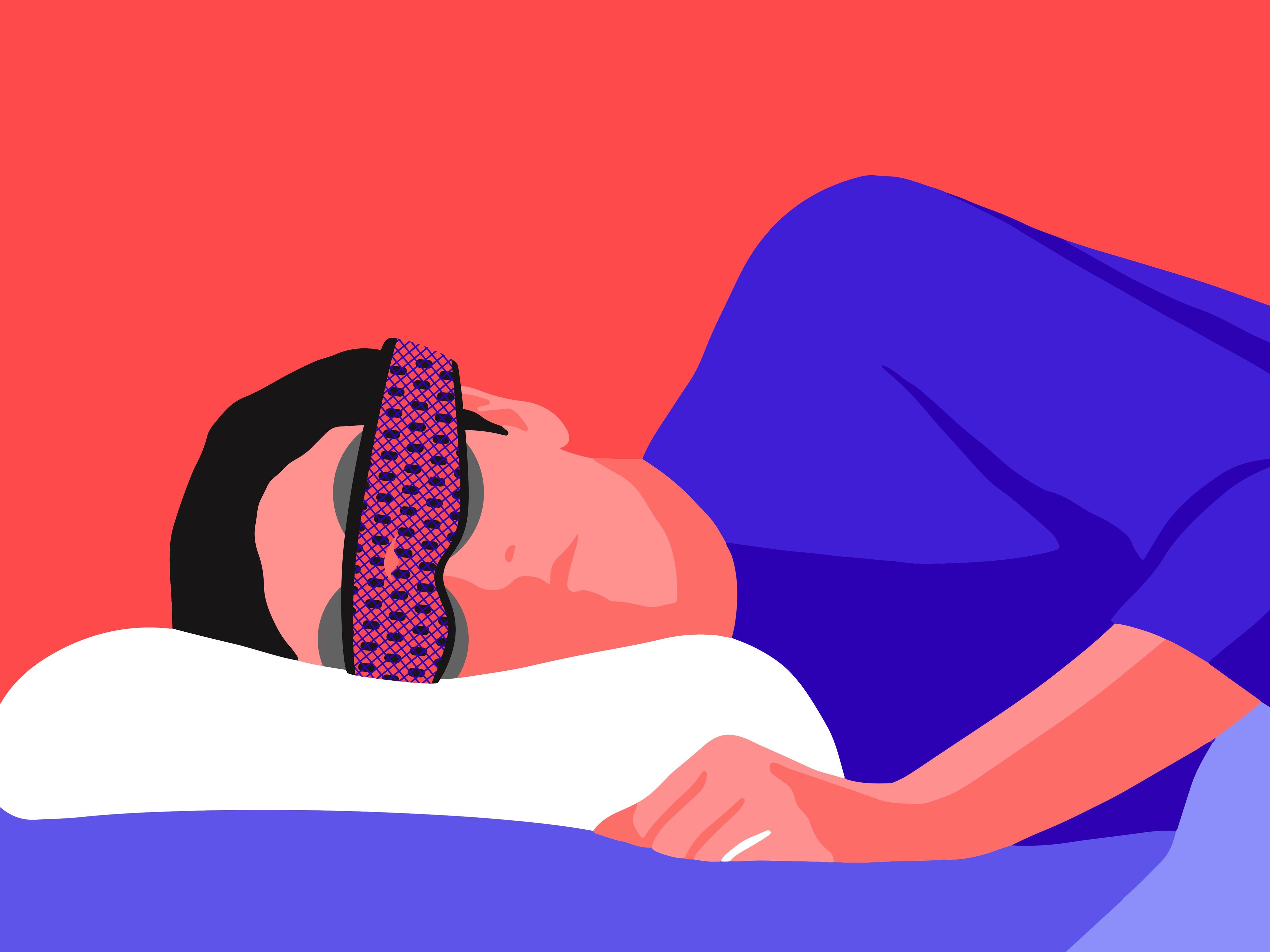
Of all the snooze positions, side sleeping is the most common. If that’s your chosen position, you’re likely wondering how to sleep on your side comfortably. This article explains what to do.
So just how common is side sleeping? According to Sleep Foundation, over 60% of the population sleeps on their side(1). Meanwhile, a study featured in the National Library of Medicine showed that participants spent 54.1% of their time in bed in this position(2).
While there’s a basic and correct way to sleep on your side, it also depends on your condition or preferences. This article lists the different ways of side sleeping based on your needs and explores its pros and cons.
Benefits of Sleeping on Your Side
This may come as a surprise, but side sleeping positions are healthy in many ways.
For one, it’s good for your digestive system. Sleeping on your side helps waste efficiently make its way from your small to large intestine. It’s the better option compared to sleeping on your back.
It’s also healthier for your brain. Studies suggest that it lowers the risk of neurological disease. It also triggers your brain to rid itself of waste and toxins.
Side sleeping helps with chronic back pain, too. Unlike sleeping on your tummy, it doesn’t put pressure on your spine. (As long as you do it right, that is.) It's also the best position for neck pain.
Side sleeping is the best position for snorers or people with sleep apnea. Unlike sleeping on your back, it doesn’t cause your tongue or soft palate to somewhat block your throat. (This is what results in snoring, btw).
Sleeping on Your Side: The Downside
It’s not all smooth sailing when it comes to side sleeping. People that do often experience pain in their shoulders and neck.
If you’re a side sleeper, you understand the need to switch sides as you sleep. This alleviates the pressure on your shoulders.
The problem here is sometimes your shoulder sinks into the mattress and moves up to your neck. This misalignment causes both shoulder and neck pain.
Side Sleep Basics
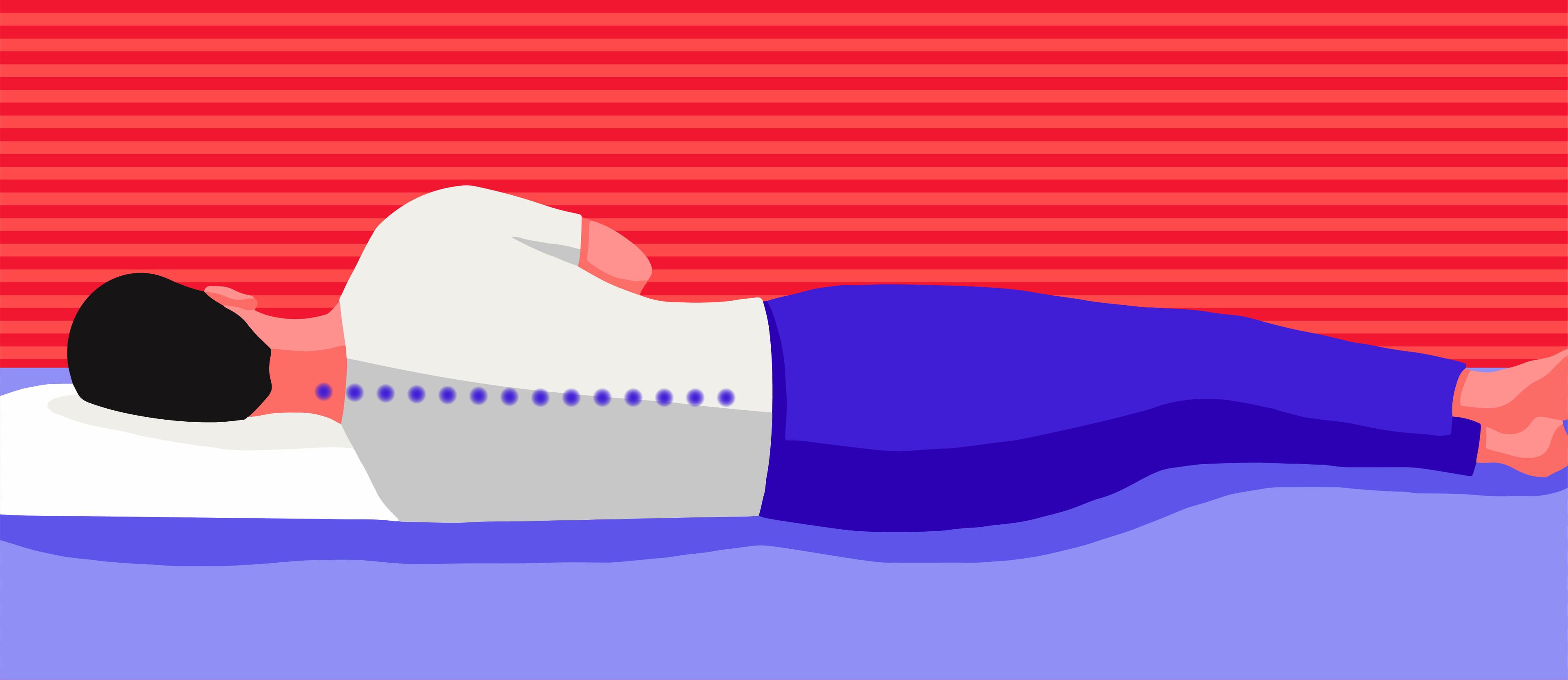

There are a couple of things to consider when sleeping on your side. This position, at its most basic, requires your body to stay aligned to avoid neck, shoulder, hip, and back pain.
First, lie down on your preferred side with your head resting on your pillow.
Second, pay attention to the position of your chin, neck and shoulders. Make sure they’re centered.
Third, your shoulders should also align with your hips. This lengthens your spine versus bending it unnaturally.
Fourth, don’t twist your head or lower your chin. And as for your arms, keep them by your sides or a bit to your front.
You can opt to also place a pillow between your legs, specifically your knees. This takes the pressure off your lower spine and hips. Consider using a knee pillow. It’s made for side sleepers like you.
How to Sleep on Your Side
You, dear side sleeper, are probably reading this because you’ve been waking up feeling achy and sore. Or you have an injury or health condition to consider. Before you decide to change your sleep position, consider this. Correcting it is far easier than a quick transformation.
Apart from learning how to sleep on your side, the right accessories matter. Like the right mattress, pillow or sleep mask.
Let’s start with the most basic.
How to Sleep on Your Side With a Sleep Mask
Sleeping without an eye mask won’t endanger your health. But consistently poor sleep quality will. It increases your risk of heart disease, diabetes and high blood pressure, to name a few.
Darkness is essential to helping you fall and stay asleep. Both are hallmarks of good sleep quality. It also triggers your brain to produce melatonin. Enter the light-blocking sleep mask.
The question here is how do you sleep with one and not have it slip off or cause discomfort? The answer is simple. Find yourself the best sleep mask for side sleepers out there.
Fortunately, we’ve got the most advanced eye mask for side sleepers on the planet (and we don’t mind saying so either). Here’s a quick introduction.
Manta Sleep Mask PRO Features:
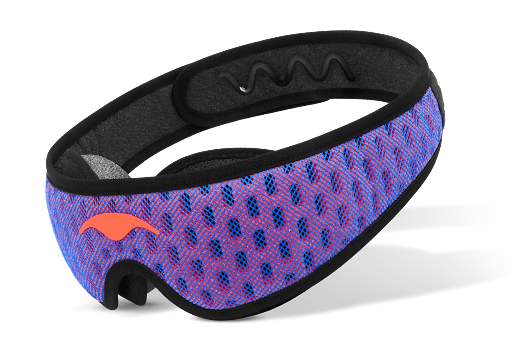
-
100% blackout
-
C-shaped eye cups that taper near the temples for side sleep comfort
-
Convex eye cups put zero pressure on your eyes or lashes
-
Made from advanced materials for ultimate breathability
-
Infinitely adjustable head strap that sits above your ears
If you can’t sleep without an eye mask, why not consider giving Manta Sleep Mask PRO a shot?
How to Sleep on Your Side With a CPAP
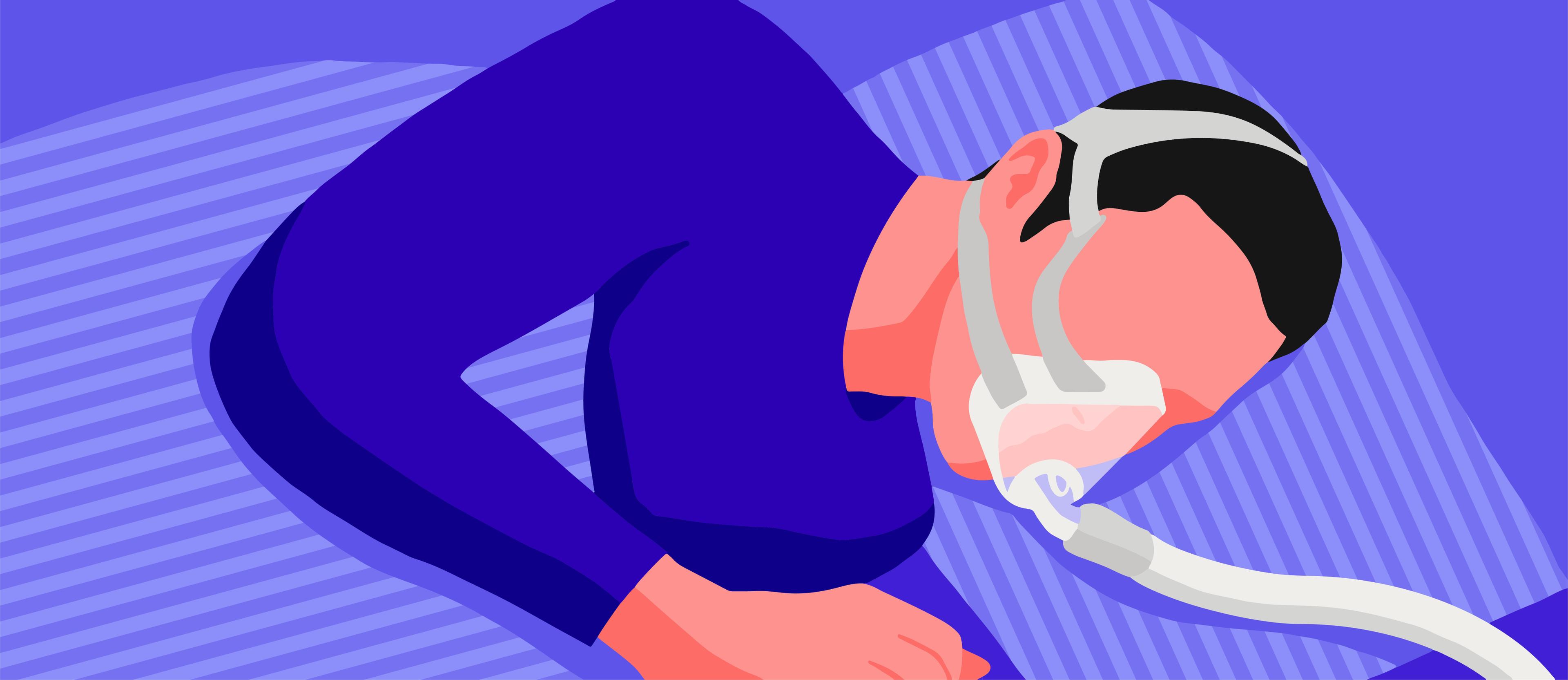

You already know that sleeping on your side reduces snoring. But if you have obstructive sleep apnea and a CPAP, it can get tricky.
First, keep in mind the basic way to sleep on your side. Then, find the right pillow and CPAP machine. There are those that are designed specifically for side sleeping.
A CPAP pillow for side sleeping is typically contoured. This is so it supports your shoulders and neck. And also give your mask and hose enough room to operate efficiently.
Now for your CPAP mask and hose. Whether you have a special pillow or not, Sleep Foundation recommends a nasal pillow mask because the low profile is usually higher than the pillow. And the seal stays on even if your face is turned towards your pillow(5).
Side Sleeping During Pregnancy or After a C-section
Side sleeping is one of the best sleeping positions when you are pregnant or after a C-section.
When You’re Pregnant
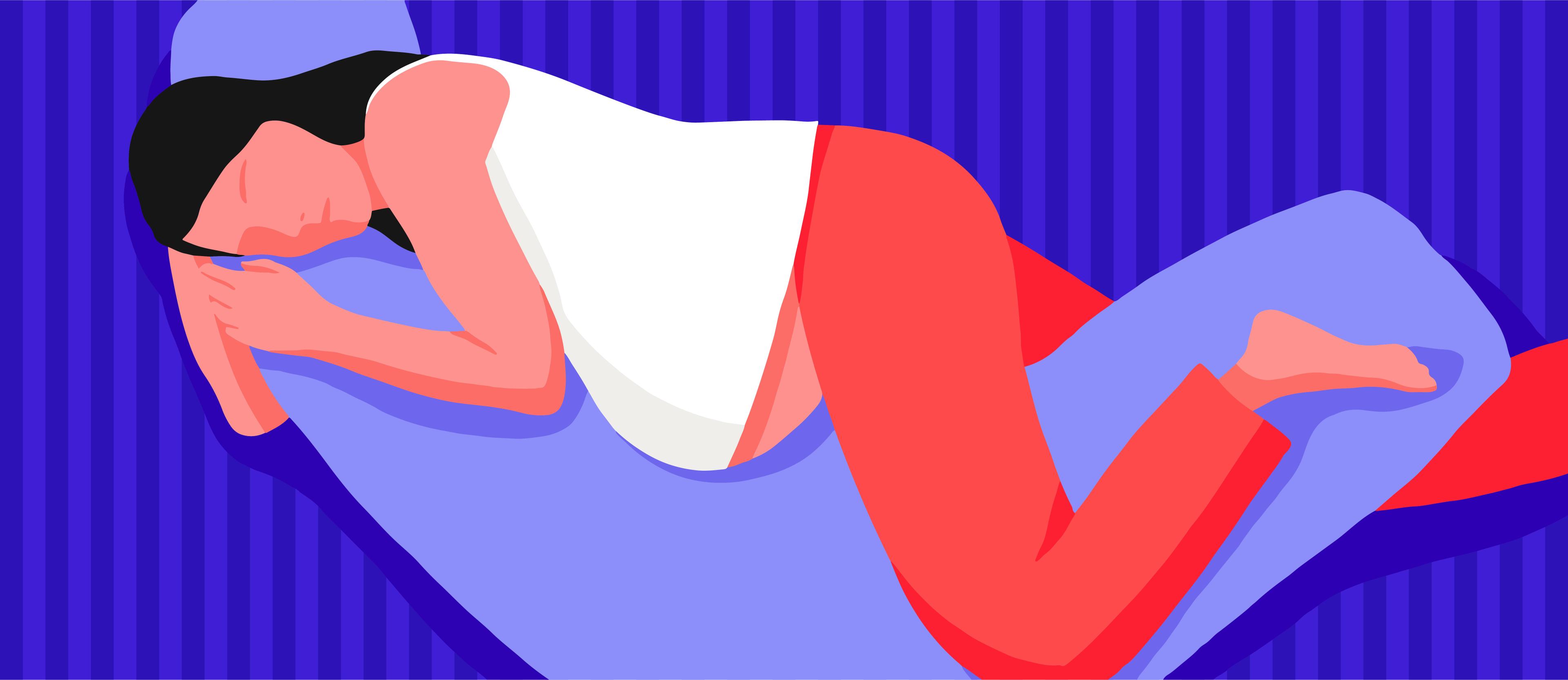

Pillows are your friends. Sleep on your side with one between your legs. Put one behind your back for added support.
Wedge or maternity pillows are great investments. A maternity pillow is huge and C-shaped. It’ll support your stomach and keep your spine, neck and head aligned.
Avoid sleeping on your back, especially during the second and third trimesters. The full weight of the baby and your uterus rests on your back, intestines and the vena cava (a vein that sends blood from your heart to other parts of your body).
Sleeping on your tummy is pretty much unthinkable at this point. So, sleeping on your side is your best bet. What to Expect says your placenta gets optimum blood flow and nutrients. It’s also good for your kidney, reducing swelling on your ankles and feet(3).
After a C-section
Rest is absolutely essential to anyone who is recovering from a major surgery.
Sleeping on your back after a C-section is recommended. However, this position has the added difficulty of getting out of bed. Sitting upright isn’t wise, considering the incision in your abdomen and uterus. You’ll have to semi-roll out of bed.
According to Healthline, side sleeping is the second-best way after a C-section(4). Sleeping on your side doesn’t put pressure on the wound. And it's easier to get out of bed. Assume the pregnant side-sleep position and use pillows for ample support.
How to Sleep on Your Side With Sciatica
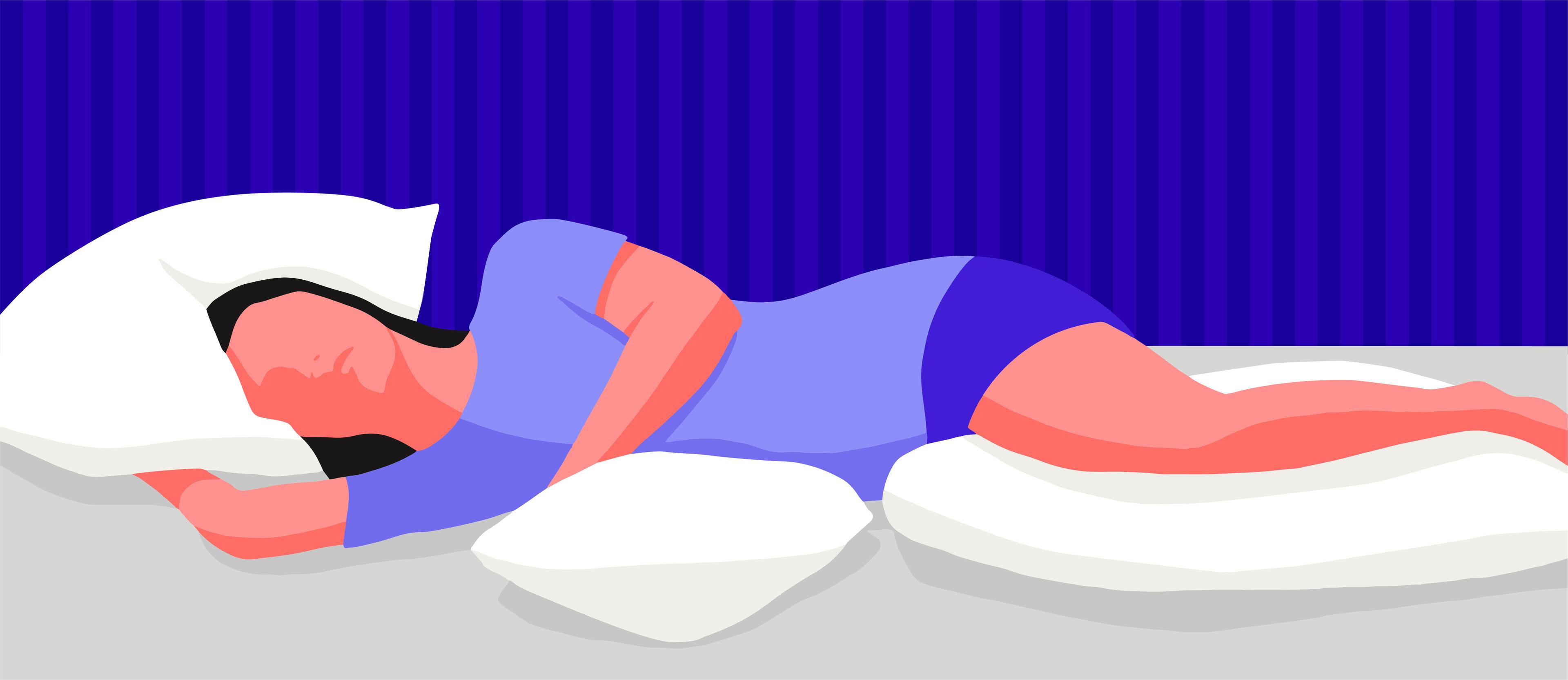

Nerve pain is no joke. Sciatica affects the lower part of your body because the sciatic nerve begins at your spinal cord and goes from the hip to your butt and all the way down the back of each leg.
The best way to sleep when you have sciatica is on the unaffected side. This in fact applies to sleeping with lower back pain in general. Again assume the basic side sleep position but make use of pillows. Aside from the one under your head, place one between your legs, specifically your knees. And if there is any space between your waist and mattress slide in a thin pillow for extra support.
The pillow between your knees helps your spine and pelvis stay in a neutral position through the night. It also stops you from swiveling your knees. The pillow by your waist keeps you from bending your sides.
Side Sleeping With Leg or Foot Injuries
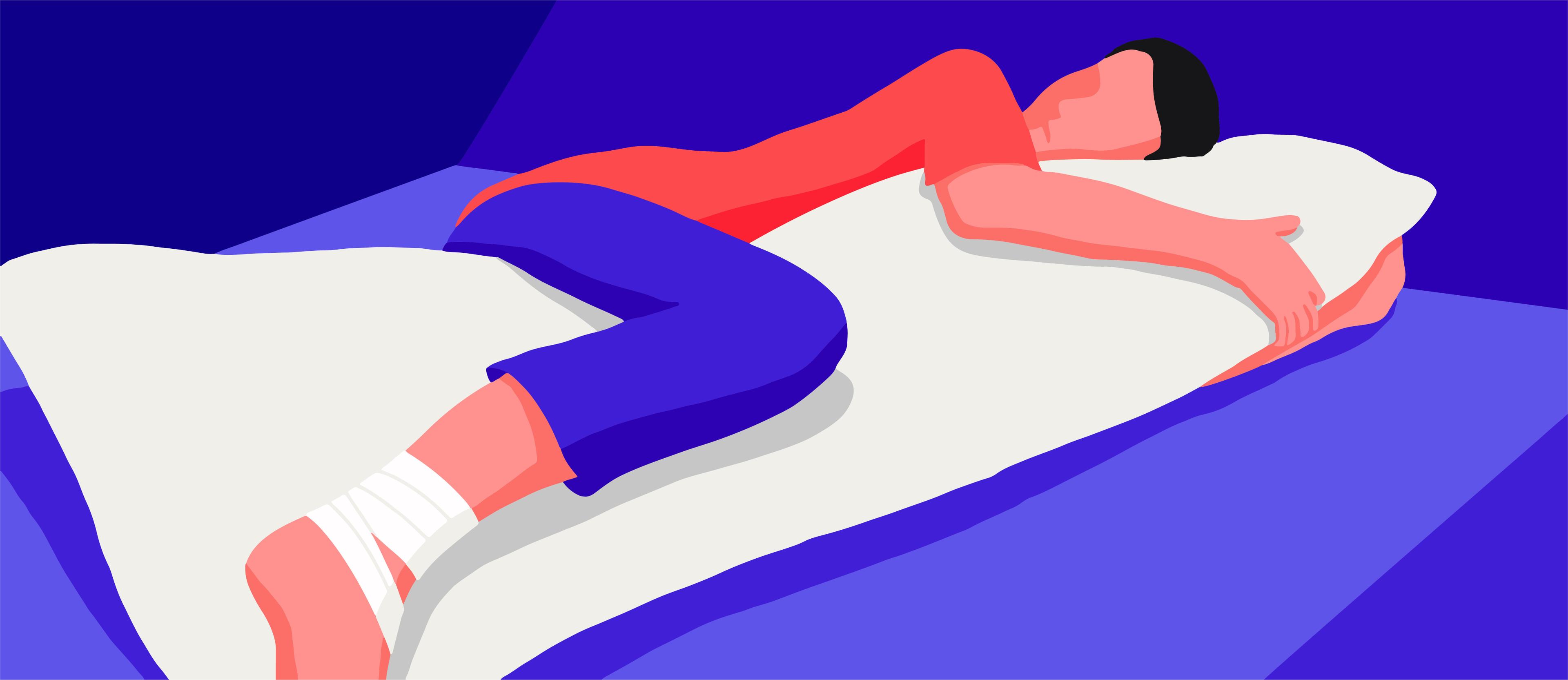

Side sleeping with sports-related injuries can get tricky. In fact, there are times you shouldn’t be doing it all–like immediately after knee replacement surgery or an ACL.
Ideally, sleeping on your back for most injuries is recommended but there are instances that side sleeping is possible. With caveats, of course. First, these aren’t fresh injuries and have healed somewhat. And second, make sure to check with your doctor before side sleeping.
Side Sleeping With a Sprained Ankle or Leg Cast
For example, a sprained ankle requires elevation while resting or sleeping. This means it needs to be higher than heart level to prevent swelling.
If you must sleep on your side, make sure it's not on the affected ankle. Also, put a body pillow between your legs so it elevates the ankle.
The same goes for a broken leg in a cast. Again, it’s better to sleep on your back. But if you’re unable to do so, slowly turn to your side and make sure there’s a body pillow for support and elevation.
In case you’re not familiar with body pillows: they are extra long and narrow cushions that support you from neck to foot. Some are also U-shaped so they support your head and back, too.
Learn more about side sleeping by reading our articles:
We hope this article teaches you how to sleep on your side so you can enjoy its health benefits. How you sleep in your preferred position is an important factor in the quality of your zzzs. And that makes all the difference in how much energy you have to live the next day to the fullest.
Sources:
(1) “Best Sleeping Positions.” Sleep Foundation, www.sleepfoundation.org/sleeping-positions. Accessed 07 December 2022.
(2) “Sleep positions and nocturnal body movements based on free-living accelerometer recordings: association with demographics, lifestyle, and insomnia symptoms.” National Library of Medicine, www.ncbi.nlm.nih.gov/pmc/articles/PMC5677378/. Accessed 07 December 2022.
(3) “Sleeping Positions During Pregnancy.” What to Expect, www.whattoexpect.com/pregnancy/sleep-solutions/pregnancy-sleep-positions/ Accessed 08 December 2022.
(4) “Tips and Tricks for High Quality Sleep After a C-Section.” Healthline, www.healthline.com/health/healthy-sleep/how-to-sleep-after-c-section. Accessed 08 December 2022.
(5) “How to Choose a CPAP Mask Based On Your Sleep Position.” Sleep Foundation, www.sleepfoundation.org/cpap/choosing-cpap-mask-for-your-sleep-position. Accessed 08 December 2022.
Disclaimer: The information contained in this website or provided through our blog, e-mails, or programs is for informational purposes only. It is not intended to be a substitute for medical advice, diagnosis or treatment that can be provided by your healthcare professionals.












































